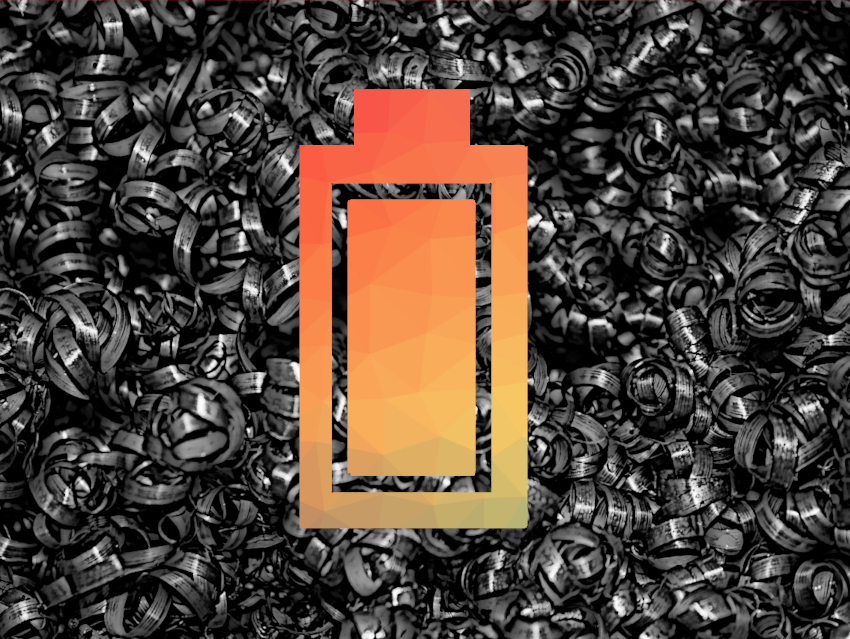Lithium-ion batteries are used in many portable electronic devices. For applications such as electric vehicles or storing renewable energy, high-capacity batteries are needed. Silicon, for example, has a high theoretical capacity as an electrode material. However, it is hampered by its low electrical conductivity and volume changes during the charge/discharge cycles. Combining Si with carbon nanomaterials can improve the conductivity and cyclability. However, the performance, cost, and environmental impact can still be improved.
Taketoshi Matsumoto, Osaka University, Japan, and colleagues have developed composites containing Si nanopowder made from industrial Si waste and ultrathin graphite sheets for use in lithium-ion battery electrodes. The team used Si waste generated during the slicing of Si ingots as the starting material and crushed it to obtain an Si nanopowder. They prepared the desired composites by sonicating the Si nanopowder together with graphite sheets at a weight ratio of 5:1 in N-methyl-2-pyrrolidone (NMP). The team then prepared electrodes from the composite materials and built cells using a lithium foil as a counter electrode.
The researchers found that the resulting batteries provide improved capacities and cyclabilities at a reduced cost. The graphite sheets improve the electrical conductivity and provide space for volume changes during charge/discharge cycles.
- Si Swarf Wrapped by Graphite Sheets for Li-Ion Battery Electrodes with Improved Overvoltage and Cyclability,
Jaeyoung Choi, Jiasheng Wang, Taketoshi Matsumoto,
J. Electrochem. Soc. 2021, 168, 020521.
https://doi.org/10.1149/1945-7111/abdd7e



